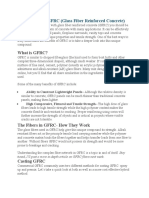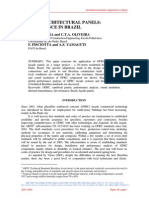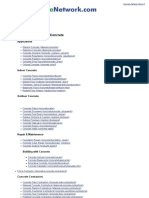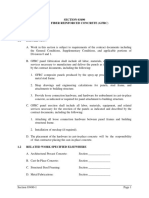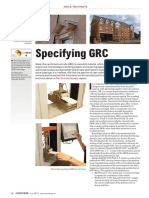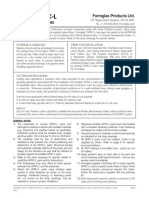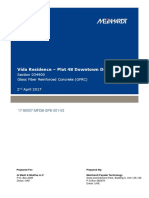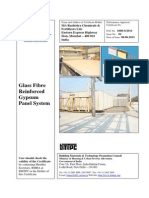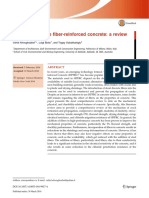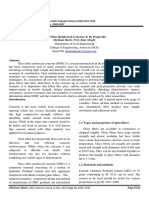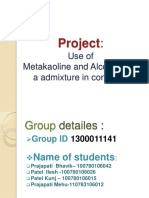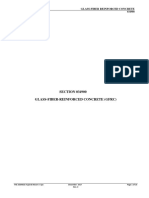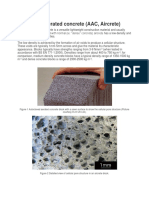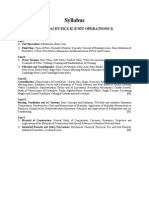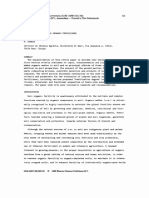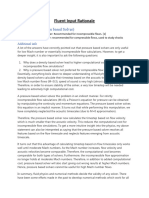0% found this document useful (1 vote)
242 views4 pagesHow To Calculate Polymer Dose For GFRC
The document provides instructions for calculating the proper amounts of polymer and fibers for GFRC (glass fiber reinforced concrete) mixes. It explains that the minimum effective polymer dose is 6% by weight of cementitious materials and the minimum fiber load is 3%. It shows example calculations for determining the polymer solids content and fiber percentage for given mix designs to check that they meet the minimum requirements. The key steps are to calculate the cementitious and non-fiber material weights, and divide the polymer/fiber amounts by those weights.
Uploaded by
suman sutharCopyright
© © All Rights Reserved
We take content rights seriously. If you suspect this is your content, claim it here.
Available Formats
Download as DOCX, PDF, TXT or read online on Scribd
0% found this document useful (1 vote)
242 views4 pagesHow To Calculate Polymer Dose For GFRC
The document provides instructions for calculating the proper amounts of polymer and fibers for GFRC (glass fiber reinforced concrete) mixes. It explains that the minimum effective polymer dose is 6% by weight of cementitious materials and the minimum fiber load is 3%. It shows example calculations for determining the polymer solids content and fiber percentage for given mix designs to check that they meet the minimum requirements. The key steps are to calculate the cementitious and non-fiber material weights, and divide the polymer/fiber amounts by those weights.
Uploaded by
suman sutharCopyright
© © All Rights Reserved
We take content rights seriously. If you suspect this is your content, claim it here.
Available Formats
Download as DOCX, PDF, TXT or read online on Scribd
/ 4


